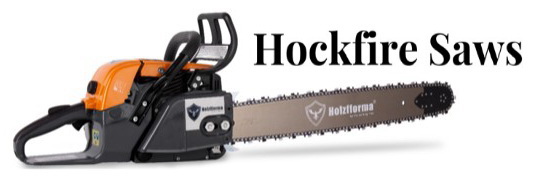Interesting thread but I don't see any distinction made between green fresh felled hardwood or the HARD standing dead stuff with the bark sloughed off. Big difference. Most my loops are 30 degree with a 5-10 degree down angle, .030-.035 raker depth, works great for me on green oak. Even dead oak over 12" or larger stays pretty easy cutting, it's when you get to the standing dead stuff like I mentioned-under 8" or so can get a little rough on cutters, especially White Oak.
This is just a thought of mine, no actual real life proof that it is accurate or truly works/makes any difference in dry hardwood's!
My though derives from processing grey cast iron, not dry extreme hardwood!
The harder the material one should decrease feed and speed!
On a chainsaw that would mean higer Rackers to decrease "bite", full complement chain to decrease chatter and as low chain speed as possible to allow the cutters to bite and actually cut.
Full conplement chain on a gear drive saw comes to mind.
In hard cast iron a tungsten carbide drill will either shatter from too high feed or burn from too high spindle speed (which leads to a shattered drill due to cutter dullness).
I know my post might not directly relate to hard wood and chainsaws, but it might be a decent starting point.
I would really like some extreme dry hardwood to try and prove or dismiss my theory - but dry acacia is as hard as it gets in my area.
I haven't cut any firewood in about two months, my craving for some trigger time is becoming unbearable!

Cheers







